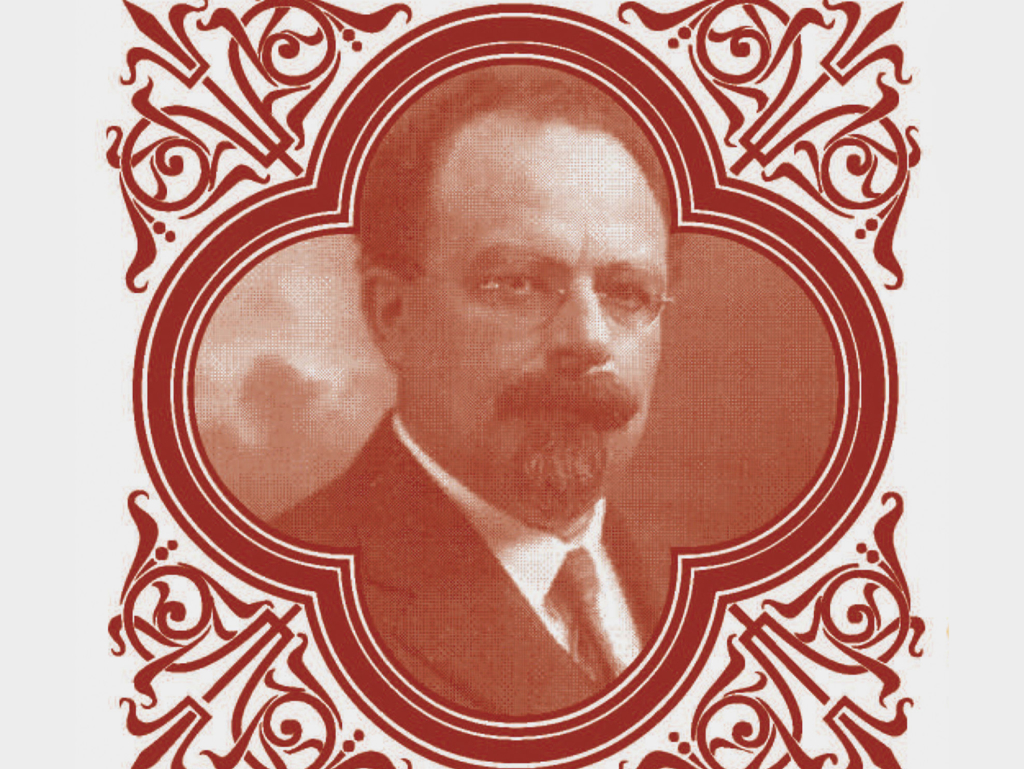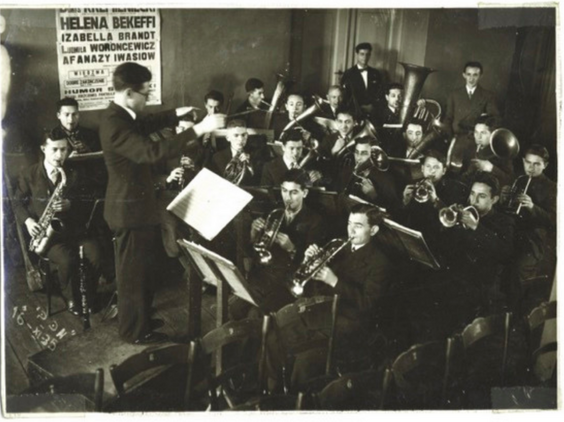The King of Sire
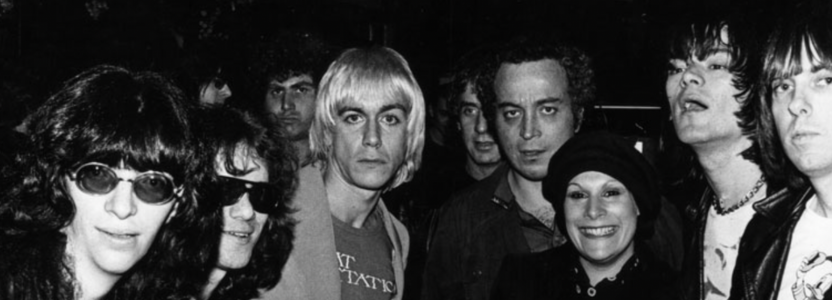
“Indifference is the strongest force in the universe. It makes everything it touches meaningless. Love and hate don’t stand a chance against it.”― Joan D. Vinge
I met Seymour Stein when I was in my late teens… he was one of the first people I reached out to when I started my internship at Warner Bros. Records, the person who signed so many of the bands that defined my musical upbringing… too many to list without this page simply becoming a list. Before I had ever heard of Mo Ostin or Jerry Wexler or John Hammond or Clive Davis, I knew of Seymour Stein and Sire Records, the Yin/Yang branded label that incredibly released legendary punk artist after legendary punk artist (and so many different kind of artists… but that was where my teenage head was at). When I met Seymour at the office, he immediately welcomed me to the company… immediately sat down and talked with me about music… even introduced me to the other legend I wanted to meet early on, Danny Fields (my theory, if I was going to be an A&R man, I had to meet the A&R man who signed The Stooges and The MC5 in one day, Sept 22 1968).
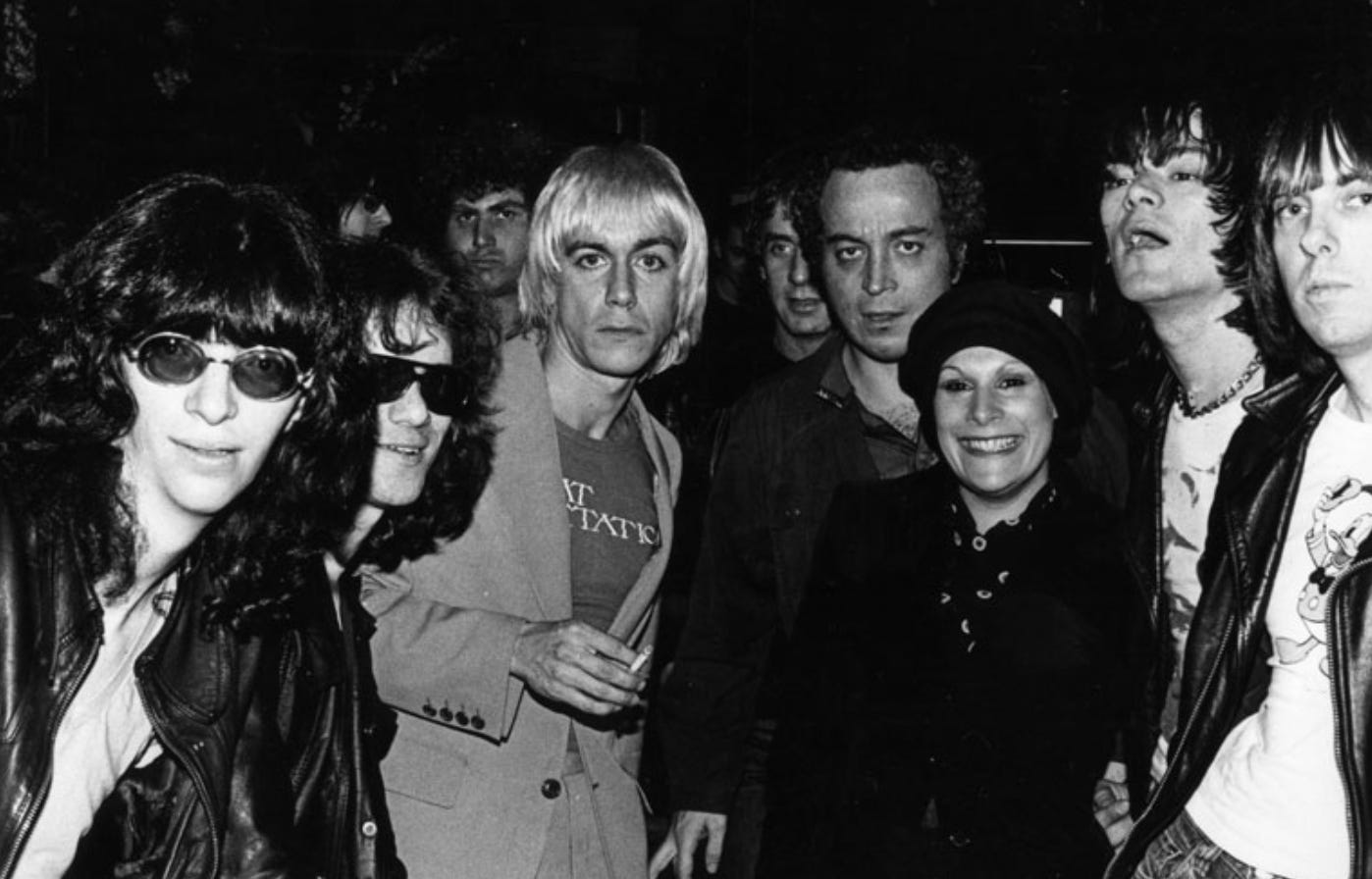
Seymour Stein with the Ramones, Iggy Pop, Linda Stein and Danny Fields in the background.
We stayed connected throughout my tenure at the label, but was not until after my leaving Warner Bros. that we started deeper collaborations. I had pitched South By Southwest, the music conference, about doing a panel around exploring artist development in the new music industry reality (this was around 2007, I think, a dark time for the business). Seymour joined a great conversation that included music attorney (and friend) Jon Blaufarb and Flaming Lips manager (and friend) Scott Booker… with Seymour taking center stage throughout. The best part came when another panelist, the person who signed Silver Sun Pickups, got to talking about what kinds of artists he was looking to sign, talked about looking for a type of artist that was easy to work with… who was easy to get along with and could work well with the label. Seymour, raised in the business by King Records honcho Syd Nathan, a staunch lyric and melody guy, grabbed the mike and responded (thank you Tony Bedard for reminding me of his exact words):
“Do you mean to tell me, that you wouldn’t work with an artist unless you personally liked them!??! Listen! I worked with Brian Wilson, the second greatest melody writer of the 20th century—the first being Irving Berlin—and let me tell you something, talking to Brian Wilson was like talking to a fucking eggplant! And do you think I cared?!!?!”
The two of us teamed up for the following few South By Southwests… putting a panel together around CBGBs memories after the club had closed…a panel that he sat on with members of Blondie and the Talking Heads. Our trilogy ended with a South By Southwest interview with Seymour that I got to conduct… going through his entire life from his early music industry beginnings to signing The Ramones (without even getting into the showcase to see them)… about his early days as a mogul with Mike Vernon at Blue Horizon records where they released the first records of (Peter Green’s) Fleetwood Mac… to the early seventies work with Barclay James Harvest, Focus, The Deviants, and the Climax Blues Band, through punk rock and ultimately Madonna (I need to get a hold of that interview).
When talking about Blue Horizon, Seymour would ALWAYS bring up his time in the studio with Champion Jack Dupree. The label had signed the boogie woogie pianist, who at the time was living in Europe, and Seymour would pontificate loudly about the importance of Dupree to early R&B and rock and roll… an unsung hero. Dupree was one of many 50s and 60s artists whose legacy Seymour lifted up, always releasing reissues of music from the past in between the new, modern records.
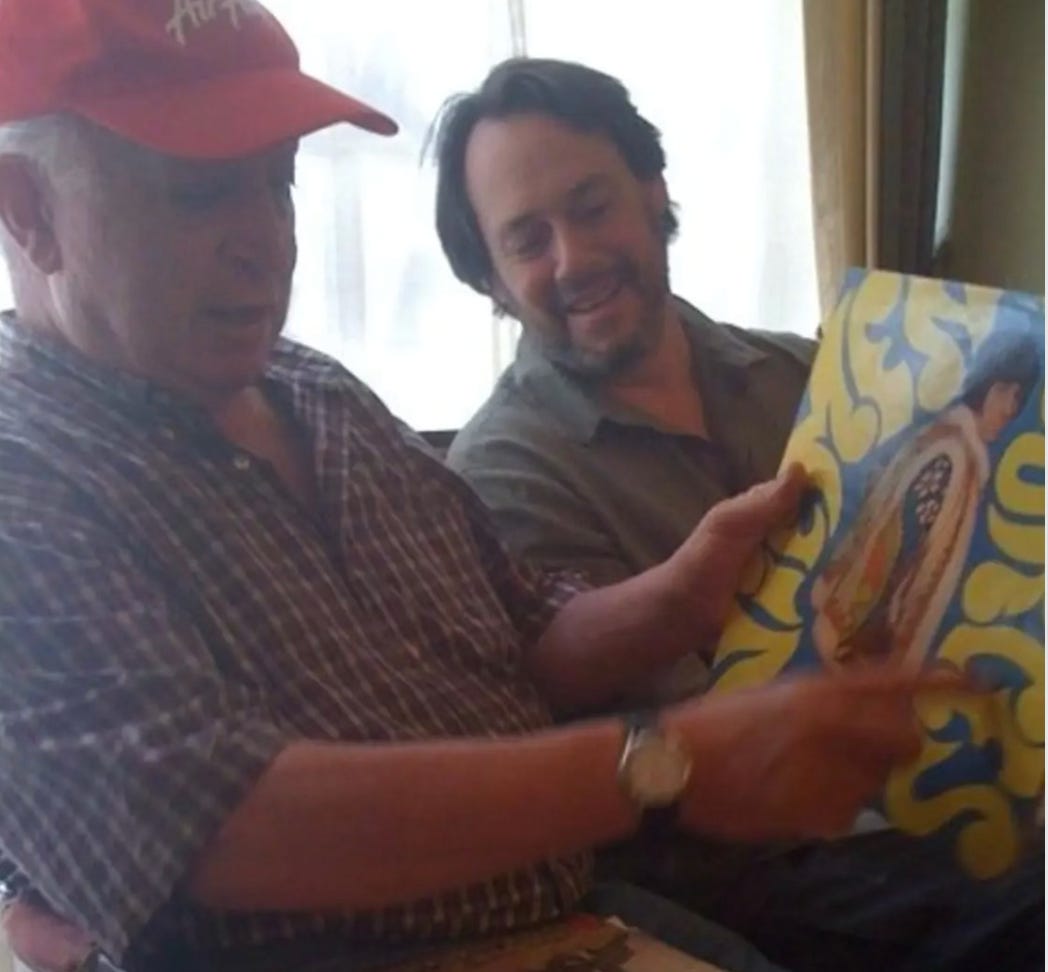
Seymour and I talking about Czesław Niemen in Poland
Of all the experiences I had with Seymour, probably the greatest was when he came to Poland with The Idelsohn Society, the Jewish record label I had co-founded with friends Josh Kun, Roger Bennett and Courtney Holt. We had received a grant to lead a conversation at the Krakow Music Festival around our Black Sabbath release (looking at the cross-culturalization of Black and Jewish music in mid-20th-century). Courtney could not go on the trip, and Seymour, who had written notes for the Black Sabbath release, happily jumped aboard. He had slowed down a little by then, using a cane for support, but he could not have been a better companion. He would serenade us with old Yiddish songs as we walked through the Jewish corridor… often connecting the melodies to modern songs and then connecting them back to historic events (Seymour had an unexpectedly deep knowledge of world history). We would talk about Polish music from the 60s and 70s, a time when the government would censure anything it deemed to be inappropriate, where Czerwone Gitary (The Red Guitars) became the Polish answer to the Beatles, playing fuzzed-out guitar pop with less dark (more bubble-gummy) overtones. With Czerwone Gitary often still played in the restaurants around Krakow, we would listen to them while Seymour would order his meal as a thespian pontificating on the Shakespearean stage (dining out with Seymour was always a wonderful experience).
On one of the last mornings we were in Poland, the four of us got up early and left Krakow for Auschwitz. The trip had been in the plans from the beginning. Like many Jews, all of us felt the need to visit the hell that had destroyed the lives of so many of our family members. The four of us were crammed into a small Toyota, with Seymour sitting in the front. There was a heaviness of expectation as we drove threw the thin Polish forrest. Seymour tried to lighten the mood (or maybe was just trying to calm his own nerves) by telling us the sordid history of Hi Records. But when we got to the camp, the four of us wandered the grounds in silence… through the brick buildings that displayed the glasses and the other artifacts collected by the Nazis… touring the ovens in Birkenau and the towers that overlooked the camp. It might have been the only experience I shared with Seymour where there was no talk of music, no song to sing, no off-handed story to tell: we were in the moment together, as humans, as Jews, walking on the bits of bones muddled in the path beneath our feet, attempting to comprehend the incomprehensible.
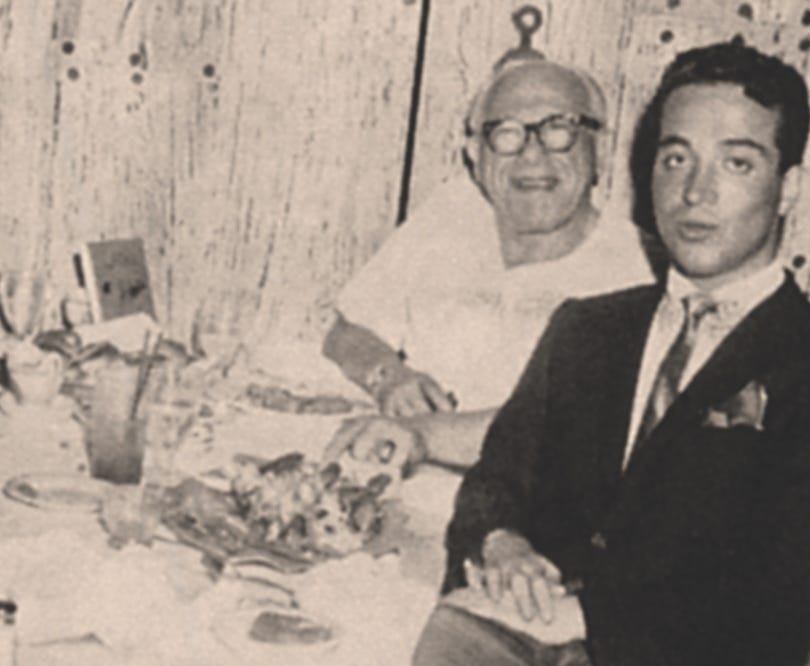
Seymour with Syd Nathan
Seymour Stein started working for Syd Nathan and King Records when he was a teenager; he was brought into the business by one of the greatest record people of the day, who had success with all types of musical genres: rhythm and blues, rock and roll, country western, doo-wop. Nathan even signed James Brown. His protégé, Seymour Stein, followed in his footsteps… always sighting his mentor (often imitating Nathan’s voice, raspy with an old-world accent)… developing blues artists and pop artists and psychedelic artists. As Nathan helped usher in the era of Rock n Roll, Seymour championed punk rock and the new wave that continued the evolution of the sound, with electric guitar driven chaos and a melody and a beat and a point of view.
I think Seymour would have thought it appropriate for his funeral to be on the day when Jews around the world gather for Passover. What an apt time for a person who championed artistic freedom as well as so many other progressive agendas to be remembered, to be celebrated. Tonight, I propose an audio Seder Plate that celebrates freedom and change and revolution in the form of the new wave of the late 1970s. You can access my audio seder plate here, which will start with what Seymour always said was his favorite single of all time, The Undertones’ Teenage Kicks.
Seymour Stein…. your memory will always be a blessing. My heart goes out to Mandy and the rest of the family during this time.
This post was original published in The Signal, David Katznelson’s Substack newsletter.

